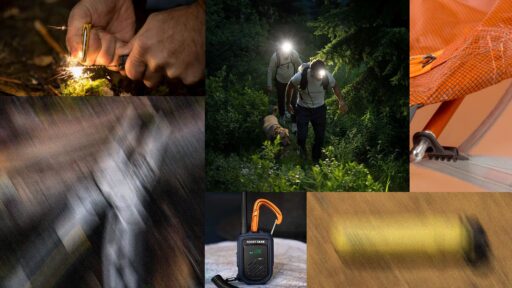A growing number of extremely premature infants born at just 22 weeks of gestation are surviving after birth, according to new research. The increase is closely tied to more hospitals choosing to provide active medical treatment for these fragile newborns. In the past, many of them were offered only comfort care. The findings point to a clear shift in medical practice and offer valuable insight for both parents and doctors as they face some of the most difficult decisions imaginable.
Key Takeaways
- Survival rates for babies born at 22 weeks jumped when active treatment was given.
- The study reviewed outcomes for thousands of infants born at the earliest stages of viability.
- Active treatment includes resuscitation, breathing support, and intravenous nutrition.
- Survival without major long-term health problems has also shown improvement for these infants.
A Change in Neonatal Care
For years, the generally accepted boundary of infant viability was around 24 weeks. Babies born earlier, especially at 22 weeks, were often thought too underdeveloped to survive, and medical teams rarely offered intervention. A study from the Neonatal Research Network (NRN), a group of US medical centres, reviewed data from 2013 to 2018. It found that when hospitals provided active medical treatment, survival rates for infants born at 22 weeks rose to 28%. For infants born at 23 weeks, survival increased to 56%.
These numbers reflect a notable departure from earlier years, when far fewer hospitals attempted aggressive treatment at such early stages. Active treatment involves a set of immediate interventions, such as inserting a breathing tube and connecting the infant to a ventilator to support the lungs, delivering fluids and nutrition through an intravenous (IV) line, and giving specialized medications. This approach is very different from comfort care, where the focus is on keeping the baby warm and comfortable without life-sustaining measures.
Outcomes and Long-Term Health
The studies also looked beyond survival, examining the health of those who made it through. While risks of long-term complications remain significant, survival without major neurodevelopmental impairment has improved as well. Conditions such as cerebral palsy, severe vision or hearing loss, and cognitive difficulties fall under this category. Importantly, a portion of the infants who received active treatment went on to grow without these specific conditions, giving a fuller and somewhat more hopeful picture of what outcomes may look like.
Still, the decision to move forward with active treatment for a baby born at the edge of viability is rarely straightforward. It requires careful, and often very emotional, discussions between doctors and parents. They weigh the chances of survival against the potential for lifelong health challenges. Having clearer, up-to-date information helps families feel more prepared in making these choices.
Frequently Asked Questions (FAQs)
Q. What is an extremely premature baby?
A. An extremely premature baby is one born before 28 weeks of pregnancy. The recent studies focus on periviable births, which occur between 22 and 25 weeks.
Q. What does active treatment for a premature baby include?
A. Active treatment includes immediate life-sustaining interventions like resuscitation, mechanical ventilation for breathing, IV lines for nutrition and fluids, and constant monitoring in a NICU.
Q. What are the long-term risks for very premature babies?
A. Even with survival, these infants face higher risks of long-term health problems. These can include developmental delays, learning difficulties, cerebral palsy, and issues with vision, hearing, and lung function.
Q. Why were these babies not treated actively before?
A. Previously, medical consensus suggested that infants born at 22 weeks were too immature to survive outside the womb, and the focus was on providing comfort rather than medical intervention. New technology and a better understanding of neonatal care have slowly changed this approach.







